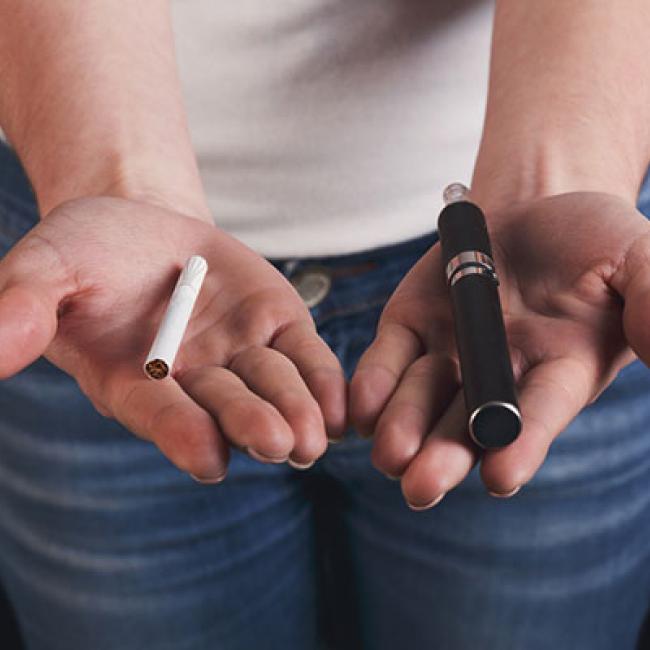Project Summary
The project team estimated the impact of combustible cigarette and electronic cigarette policies on the selection and use of tobacco products. To further population health, tobacco regulations should serve two aims simultaneously: reducing tobacco use overall and leading those who do use to choose lower risk tobacco products over higher risk ones. The team studied how several different types of tobacco policies implemented at state and local levels impacted both electronic cigarette and combustible cigarette use.
Research Questions/Aims
- How does raising the minimum legal purchasing age (MLPA) for tobacco to 21 years old impact rates of combustible cigarette use, electronic cigarette use, and “any tobacco” use among older adolescents (ages 18 – 20)?
- How do combustible cigarette tax rates and electronic cigarette tax rates together impact rates of combustible cigarette use, electronic cigarette use, and “any tobacco” use?
- How do combustible cigarette and electronic cigarette smokefree indoor air restrictions together impact rates of combustible cigarette use, electronic cigarette use, and “any tobacco” use?
Actionability
- Better equip regulators to make evidence-based policy decisions that account for both the policies’ different effects on combustible cigarette versus electronic cigarette use, and these products’ different risk profiles.
Results
Local tobacco-21 policies yield a substantive reduction in smoking among 18 to 20 year-olds living in metropolitan and micropolitan statistical areas. This finding provides empirical support for efforts to raise the tobacco purchasing age to 21 as a means to reduce young adult smoking. Moreover, it suggests that state laws preempting local tobacco-21 policies may impede public health.
Smoke-free worksite laws lead to reductions in current smoking, increases in smoking cessation, and decreases in recent vaping. However, adding vaping restrictions to these laws may have actually reduced the impact of the law on current smoking among 18 to 25 year-olds.
Outcomes
CC use, EC use, and any tobacco use
Methodology
All regressions use difference-in-differences specifications, identifying the relevant policy’s impacts on each tobacco-use behavior, comparing outcomes in geographic areas that did versus did not implement the policy in question, pre- versus post-policy change. Simulation methods are applied to clarify the expected effects of different policy-combinations.

Yale School of Public Health